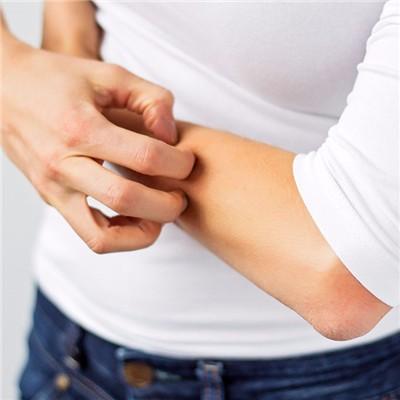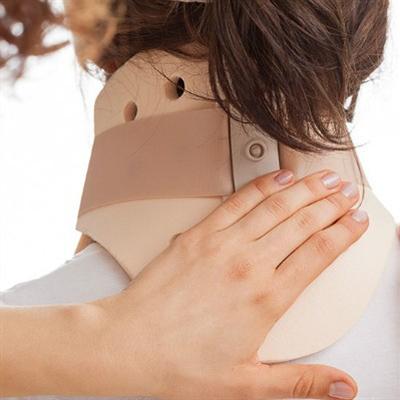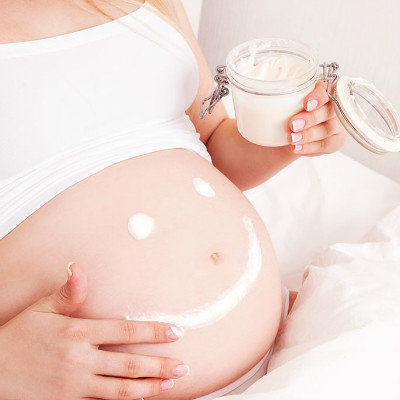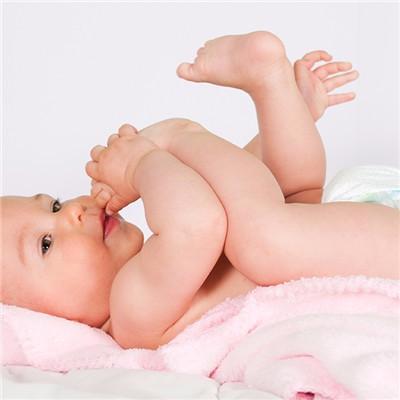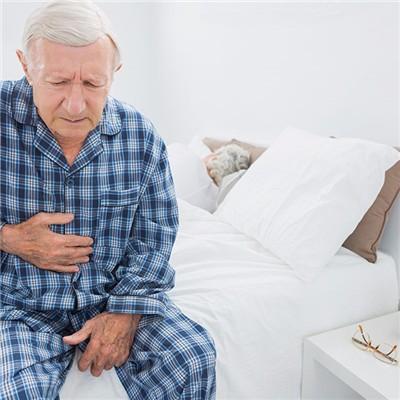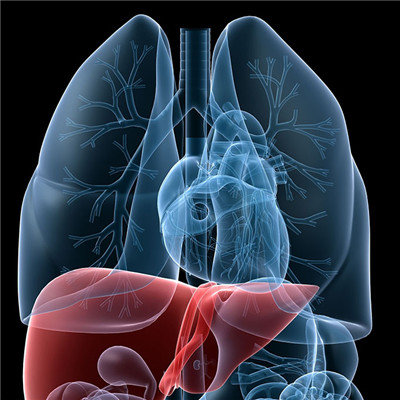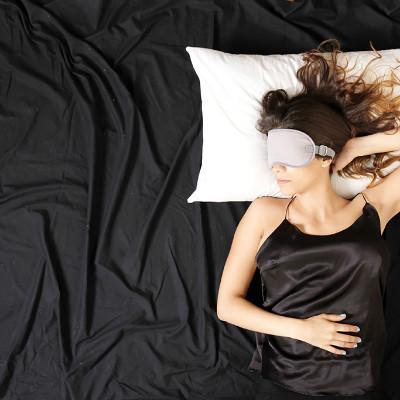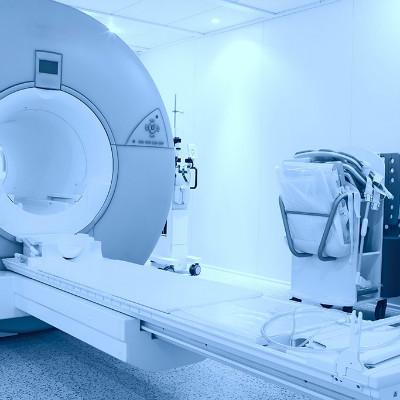Is pharyngeal conjunctivitis symptom treated?
summary
Pharyngeal conjunctival fever is a kind of viral conjunctivitis characterized by acute follicular conjunctivitis, upper respiratory tract infection and fever. It is more common in children and adolescents aged 4-9 years. It is often prevalent in kindergartens and schools in summer and winter. The main clinical manifestations were fever, pharyngitis and conjunctivitis.
Is pharyngeal conjunctivitis symptom treated?
The prodromal symptom was general fatigue, and the body temperature rose to 38.3 ~ 40 ℃. Conscious tears, red eyes and sore throat. The signs were ocular follicular conjunctivitis, transient superficial punctate keratitis, corneal subcutaneous opacity and preauricular lymph node enlargement. The course of pharyngeal conjunctival fever is about 10 days, which is self limited.

Because pharyngeal conjunctival fever is a highly infectious disease infected by adenovirus, there is no specific drug and it is self limited, so supportive therapy is often used in clinic. In patients with superficial punctate keratitis or corneal subcutaneous infiltration, dexamethasone eye drops should not be used. If the body temperature is higher than 38.5 ℃, the fever should be reduced actively. If necessary, fluid should be supplemented to maintain the balance of water and electrolyte. The patients with elevated white blood cell count should be treated with appropriate antibiotics.

It is caused by adenovirus type 3, 4 and 7. There were a large number of monocytes in conjunctival scraping, and no bacterial growth in culture.
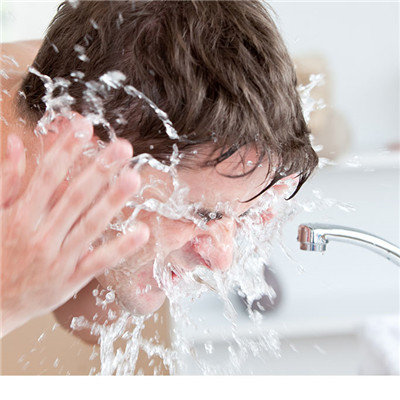
matters needing attention
Do not go to public places or swimming pools during the onset of pharyngeal conjunctival fever to reduce the chance of transmission. In order to prevent pharyngeal conjunctival fever, we should strengthen the management and supervision of swimming pool, and strictly implement the sanitation and disinfection system.



